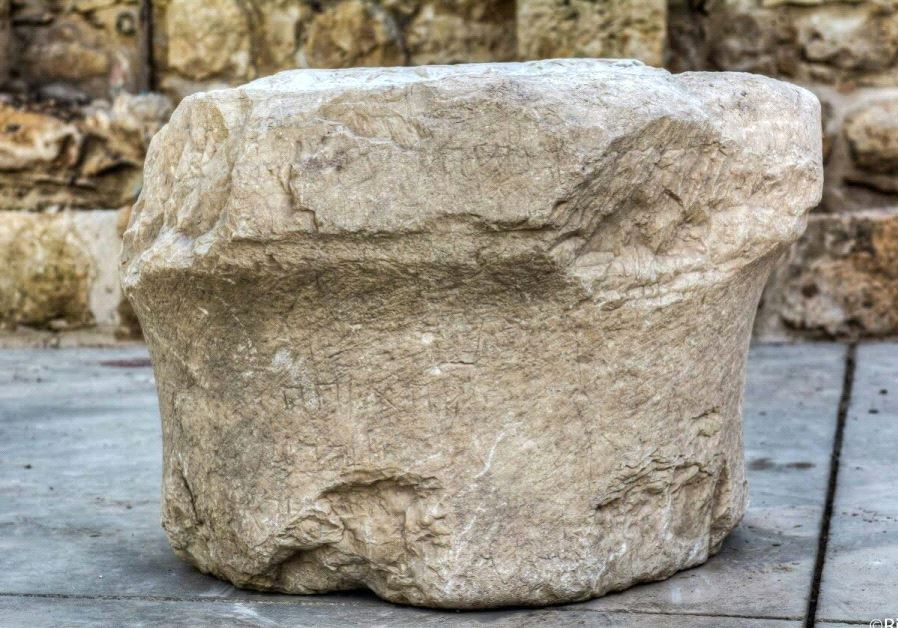1,800-year-old Hebrew stone inscriptions found in ancient Galilee synagogue
Preliminary analysis concludes words are dedicatory inscriptions honoring donors who contributed to synagogue.
 The 1,800-year-old inscribed stone.(photo credit: COURTESY OF BEIT ZINATI)Updated:
The 1,800-year-old inscribed stone.(photo credit: COURTESY OF BEIT ZINATI)Updated: